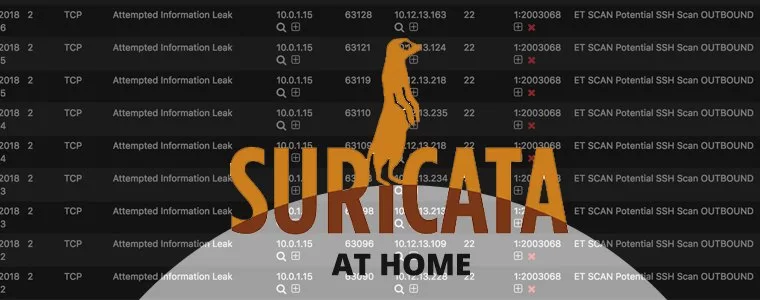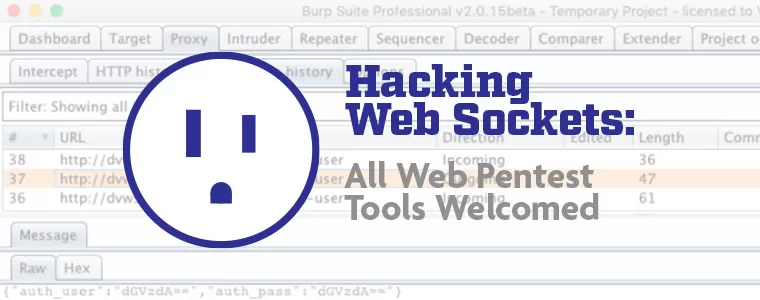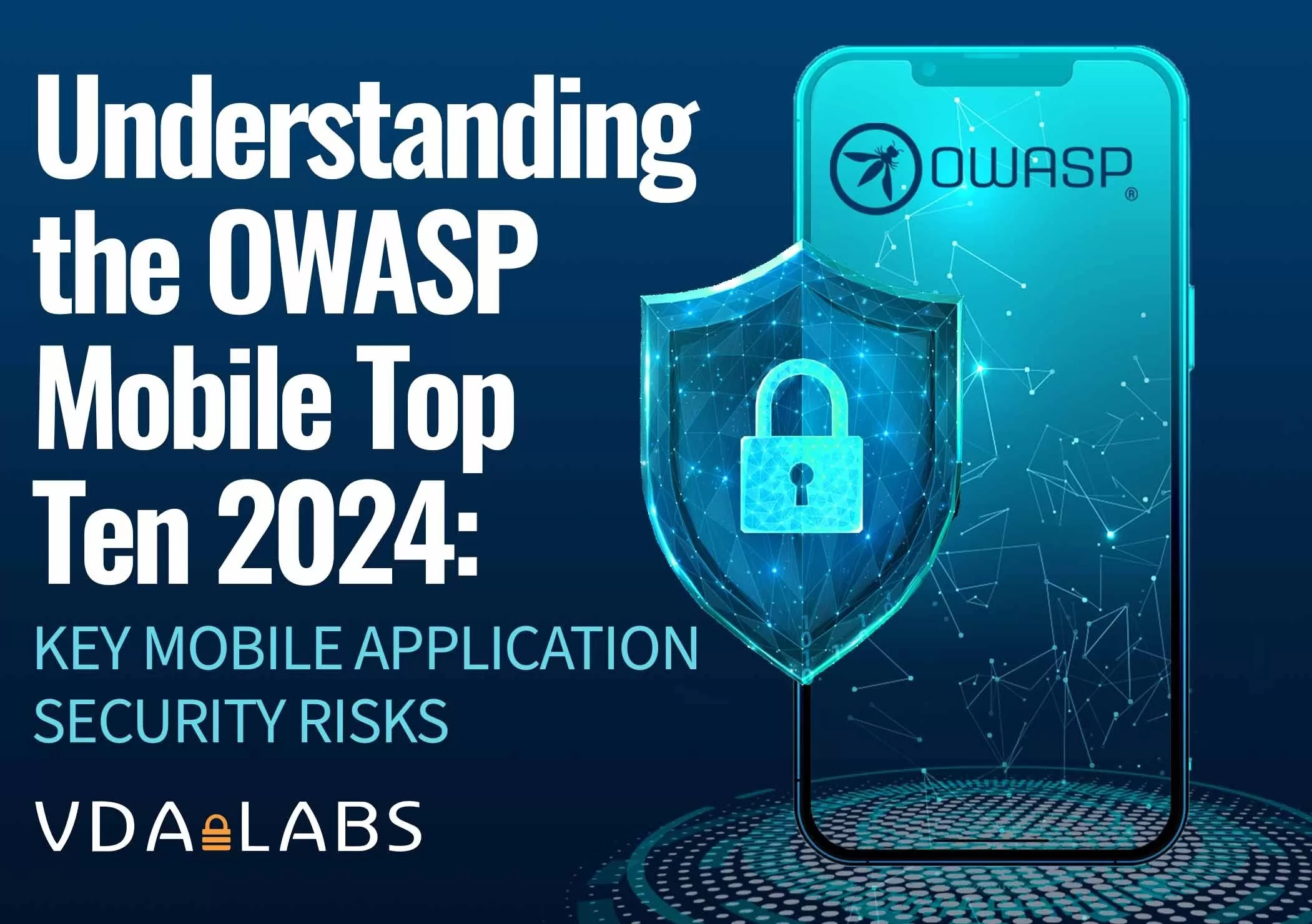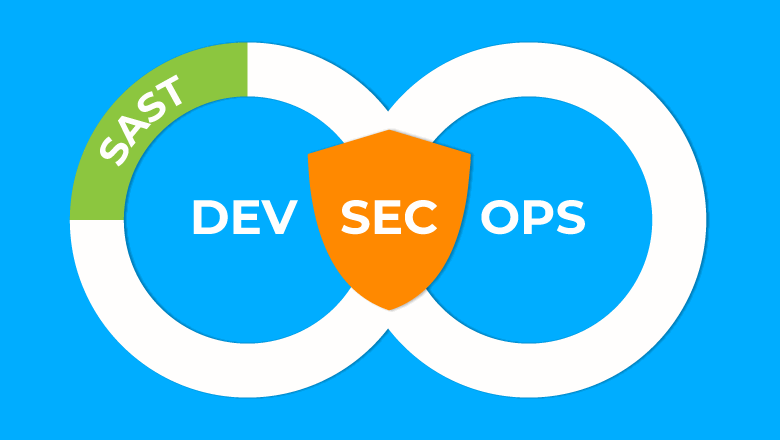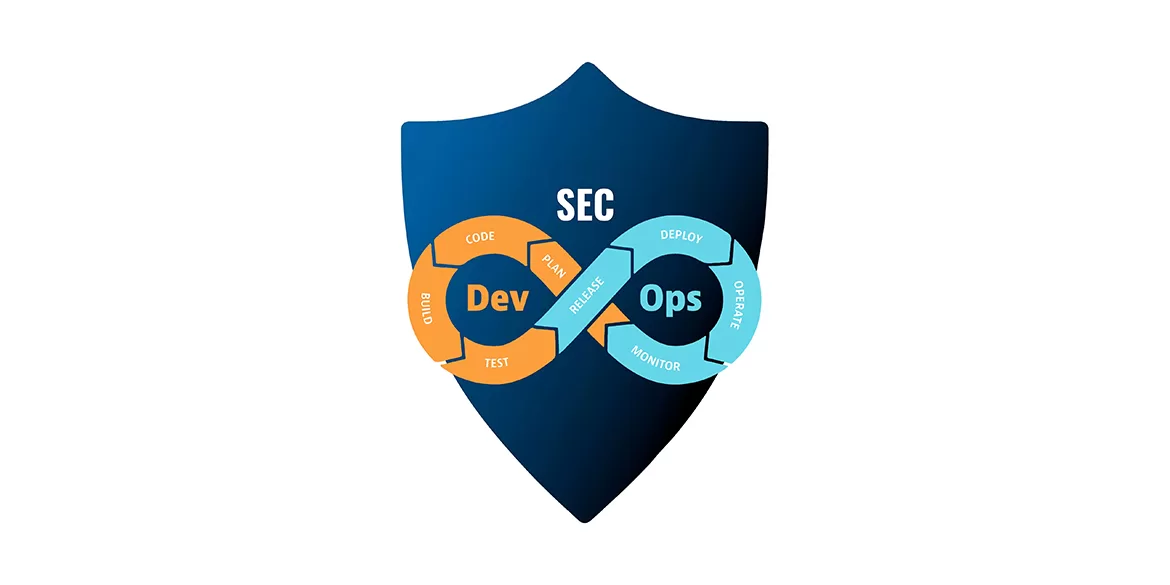
In today’s software development environment, integrating security into the DevOps pipeline, often referred to as DevSecOps, is not just a best practice but a necessity. As cyber threats become more sophisticated, ensuring that applications are secure from the outset can save organizations from potential breaches and the associated financial and reputational damage. This article explores the best practices for integrating application security into DevOps to create robust, secure, and resilient software.
Understanding DevSecOps
DevSecOps is an approach that embeds security practices within the DevOps pipeline. Traditionally, security was considered a separate phase that came after development and before deployment. However, this approach often led to delays and vulnerabilities in exposed software. DevSecOps aims to address these issues by integrating security at every stage of the development lifecycle, from initial design through to deployment and maintenance.
Best Practices for Integrating Application Security into DevOps
1. Shift Left Security
The concept of “shift left” means integrating security measures early in the development process. By addressing security from the initial design phase, developers can identify and mitigate vulnerabilities before they become embedded in the code. This initiative-taking approach reduces the risk of security flaws and lowers the cost and time required for fixes later in the development cycle.
Steps to Implement Shift Left Security:
- Early Risk Assessment: Conduct threat modeling and risk assessments during the planning and design stages.
- Secure Coding Practices: Train developers on secure coding standards and practices.
- Automated Security Testing: Integrate static application security testing (SAST) tools into the development environment to catch vulnerabilities early.
2. Automate Security Testing
Automation is a cornerstone of DevOps, and it should be no different for security. Automated security testing ensures that security checks are consistent, repeatable, and fast. By embedding automated tools in the CI/CD pipeline, organizations can detect vulnerabilities continuously and ensure that only secure code is deployed.
Types of Automated Security Testing:
- Static Application Security Testing (SAST): Analyzes source code for security vulnerabilities without executing the code.
- Dynamic Application Security Testing (DAST): Tests the running application for vulnerabilities.
- Interactive Application Security Testing (IAST): Combines elements of SAST and DAST by analyzing applications in real time during execution.
3. Continuous Monitoring and Feedback
Security is an ongoing process that extends beyond the initial deployment. Continuous monitoring and feedback loops are crucial for maintaining the security posture of applications in production. By monitoring security incidents and integrating feedback, organizations can quickly address new threats and vulnerabilities.
Implementing Continuous Monitoring:
- Security Information and Event Management (SIEM): Collects and analyzes security data to detect and respond to threats.
- Runtime Application Self-Protection (RASP): Monitors applications in real time and protects against attacks.
- Regular Security Audits: Conduct periodic security reviews and audits to identify and remediate vulnerabilities.
4. Collaboration Between Teams
Successful DevSecOps requires a cultural shift where development, security, and operations teams work together seamlessly. Breaking down silos and fostering collaboration ensures that security is a shared responsibility and is embedded throughout the development lifecycle.
Strategies for Effective Collaboration:
- Cross-Functional Teams: Create teams that include members from development, security, and operations.
- Shared Responsibility: Promote a culture where everyone is responsible for security.
- Regular Communication: Facilitate regular meetings and communication channels to discuss security issues and solutions.
5. Security as Code
Treating security policies and configurations as code ensures that they are version-controlled, assessed, and consistent across environments. This approach aligns security with the core principles of DevOps and ensures that security measures are scalable and reproducible.
Implementing Security as Code:
- Infrastructure as Code (IaC): Use IaC tools to define and manage infrastructure securely.
- Policy as Code: Implement security policies using code to enforce compliance and governance.
- Configuration Management: Ensure secure configurations across all environments through automated tools.
The Role of Training and Awareness
In addition to technical strategies, training and awareness are critical components of DevSecOps. Continuous education on emerging threats, secure coding practices, and the latest security tools and techniques is essential for keeping teams informed and prepared.
Training Initiatives:
- Security Awareness Programs: Regular training sessions on security best practices.
- Capture the Flag (CTF) Competitions: Engage developers in firsthand security challenges.
- Secure Code Reviews: Conduct peer reviews focusing on security aspects.
Take the Next Steps Toward DevSecOps
Integrating application security into DevOps is a journey that requires a combination of cultural change, process improvement, and the right tools. By adopting best practices such as shifting left, automating security testing, continuous monitoring, fostering collaboration, and treating security as code, organizations can build secure applications that withstand the evolving threat landscape.
At VDA Labs, we specialize in helping organizations integrate robust security practices into their DevOps pipelines. Our initiative-taking, active, and reactive cybersecurity solutions cover network, cloud, application, and product security. Ready to integrate security into your DevOps pipeline? Reach out to us today for expert guidance and comprehensive cybersecurity solutions. Together, we can build a secure and resilient digital future.

